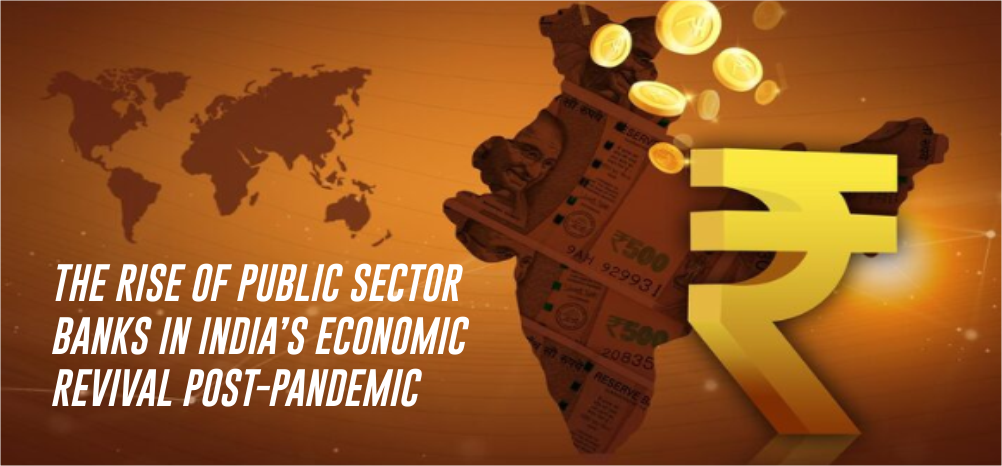Advantage India
Robust
Demand
* Tele-density of rural subscribers reached 59.43% as of June 2025.
* Volume of total wireless data usage increased from 59,447 Petabyte during Q4 FY25 to 65,009 Petabyte during Q1 FY26 with quarterly rate of growth 9.36%.
* Also, India is leading the world in mobile data usage at 32 GB per smartphone per month in 2024, as per the Ericsson Mobility Report June 2025.
Attractive
Opportunities
* India’s 5G subscriber base is projected to surge to 980 million by 2030 from 290 million in 2024, while average monthly mobile data use is expected to reach 62 GB per smartphone.
* India has emerged as the world’s third-largest mobile phone exporter with shipments worth Rs. 1,75,665 crore (US$ 20.5 billion) in CY24, driven by the Production-Linked Incentive (PLI) scheme and greater global value-chain integration.
Policy
Support
* The Union Cabinet approved Rs. 12,195 crore (US$ 1.65 billion) production-linked incentive (PLI) scheme for telecom & networking products under the Department of Telecom.
* To drive the development of 6G technology, the Department of Telecommunications (DoT) has developed a sixth-generation (6G) innovation group.
Increasing
Investments
* In the Union Budget FY26 the Department of Telecommunications and IT was allocated Rs. 81,005.24 crore (US$ 9.27 billion).
* India ranks third in "Annual investment in telecommunication services" and "Domestic market size” as of 2024.
Telecommunication India

IBEF Campaigns
MORE
Aatmanirbhar Bharat Utsav 2024
Union Minister of External Affairs, Dr. S. Jaishankar and Union Commerce an...
Case Studies
MOREIBEF BLOG
MOREHow the Chemical Industry is preparing for a Sustainable Future
In India, the chemical industry remains one of the most influential sectors...
India’s Music Industry Today: Streaming High, Growing Fast
The Music industry in India is witnessing unprecedented growth, fuelled by ...
The Impact of Research & Development on Biotech Companies in India
India’s biotechnology sector has been on a remarkable growth trajecto...












